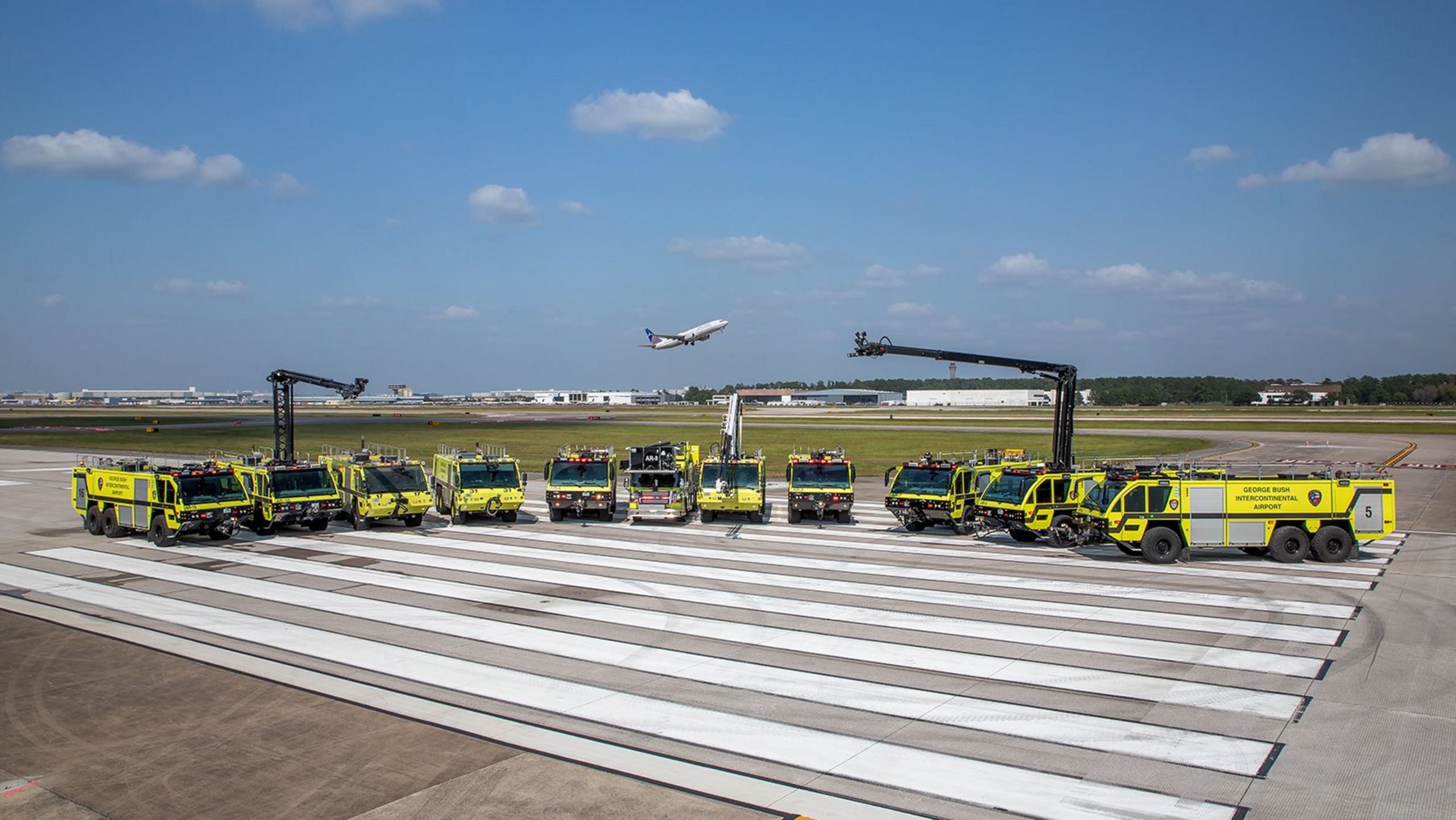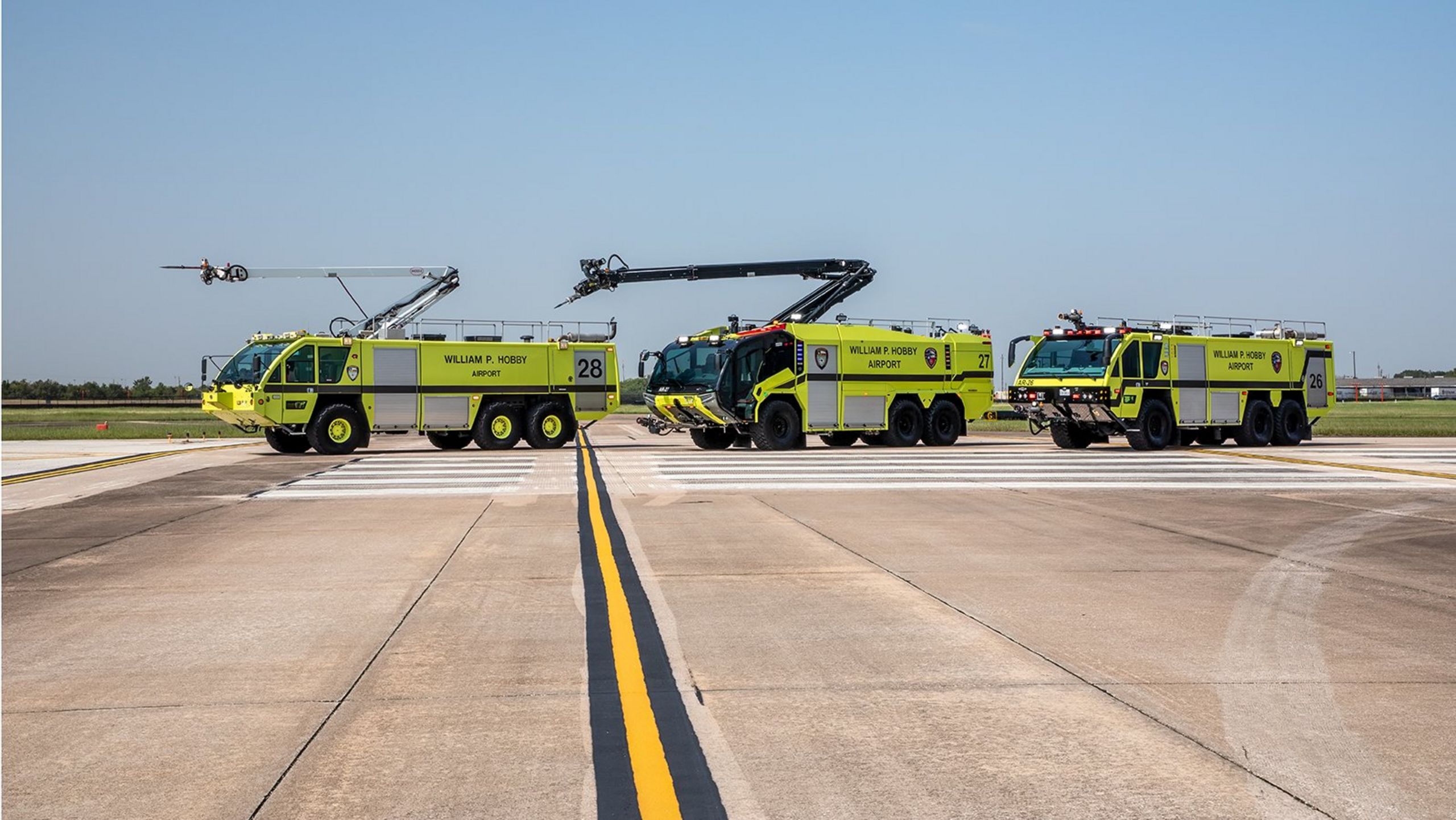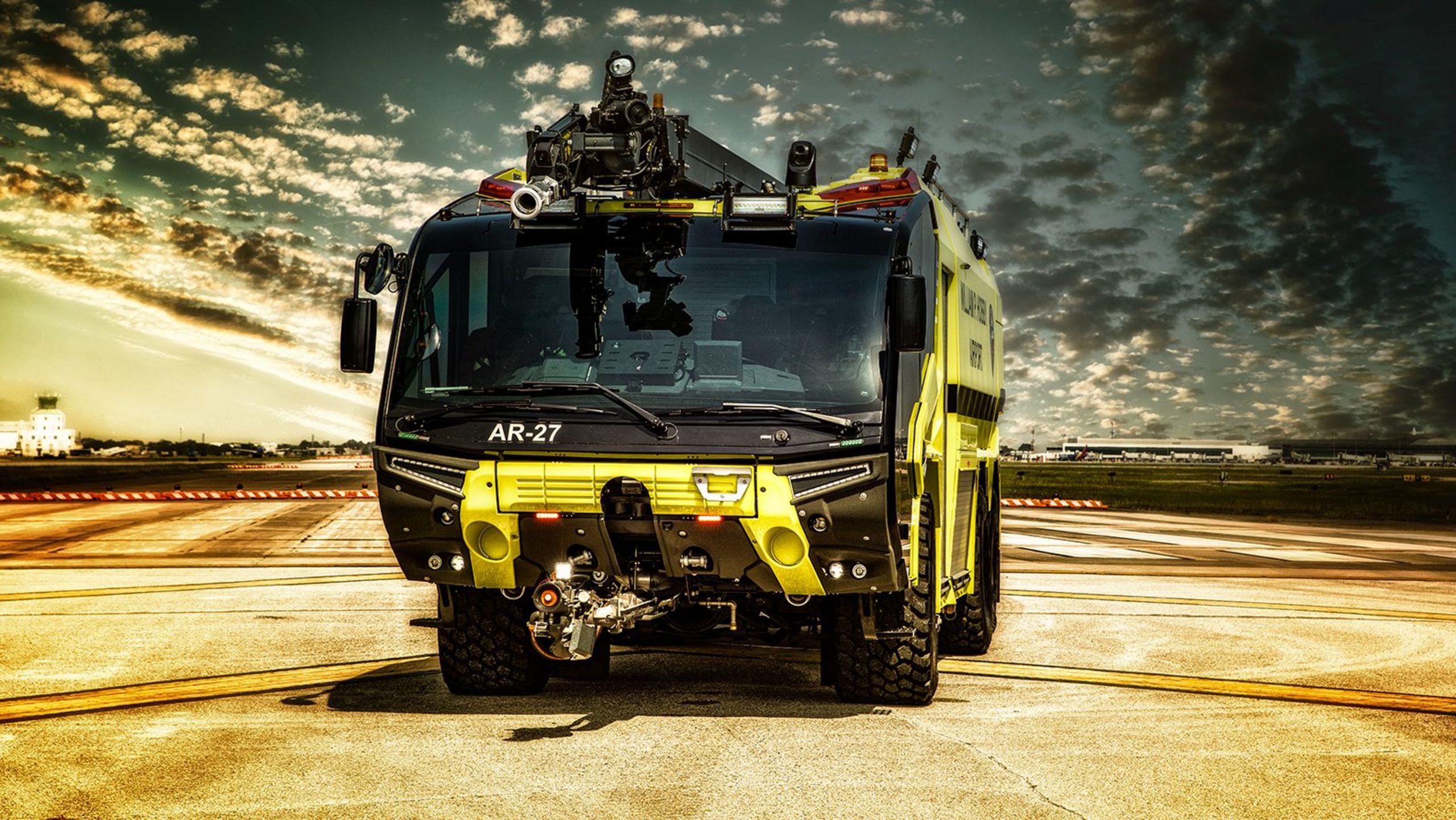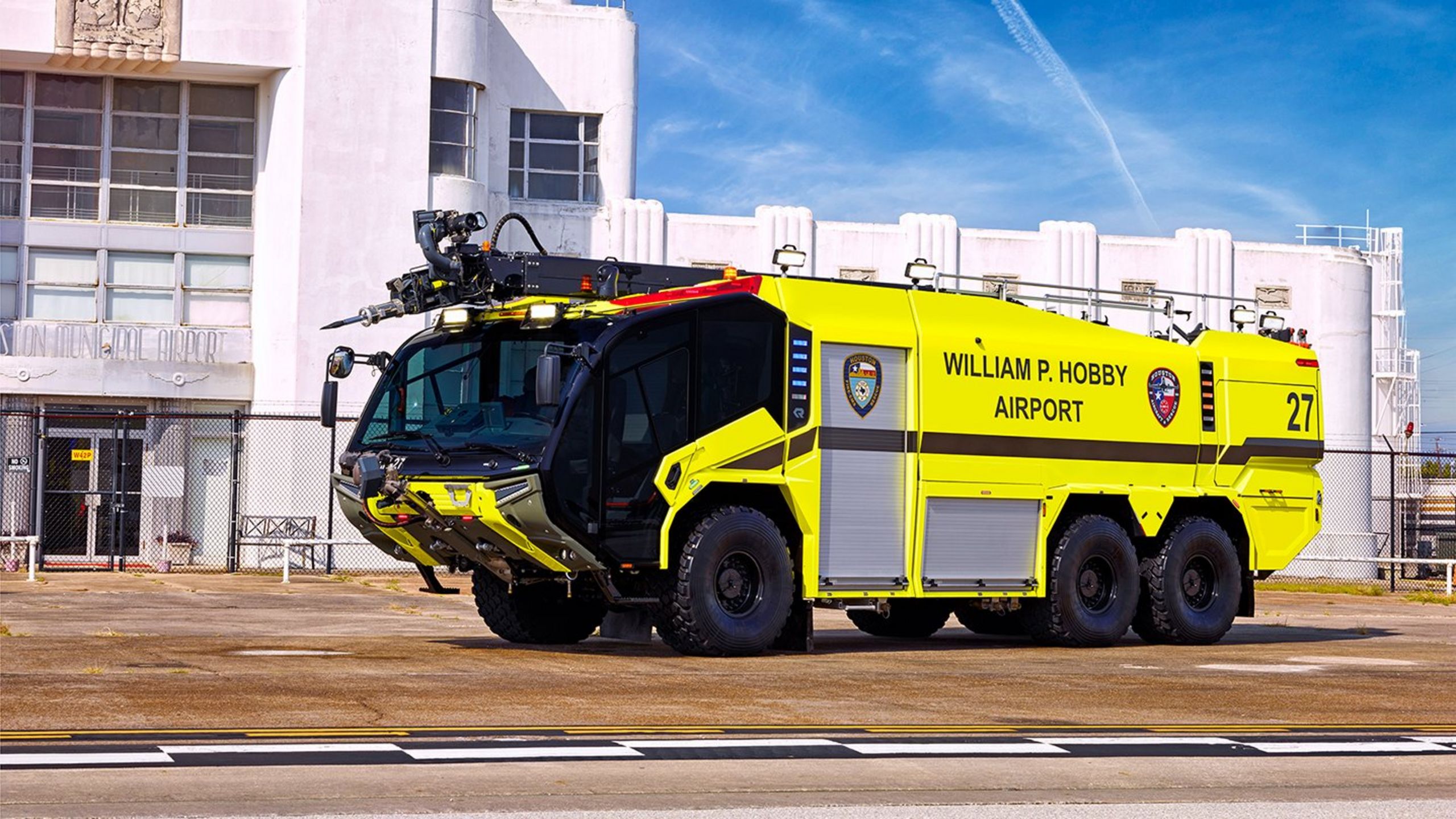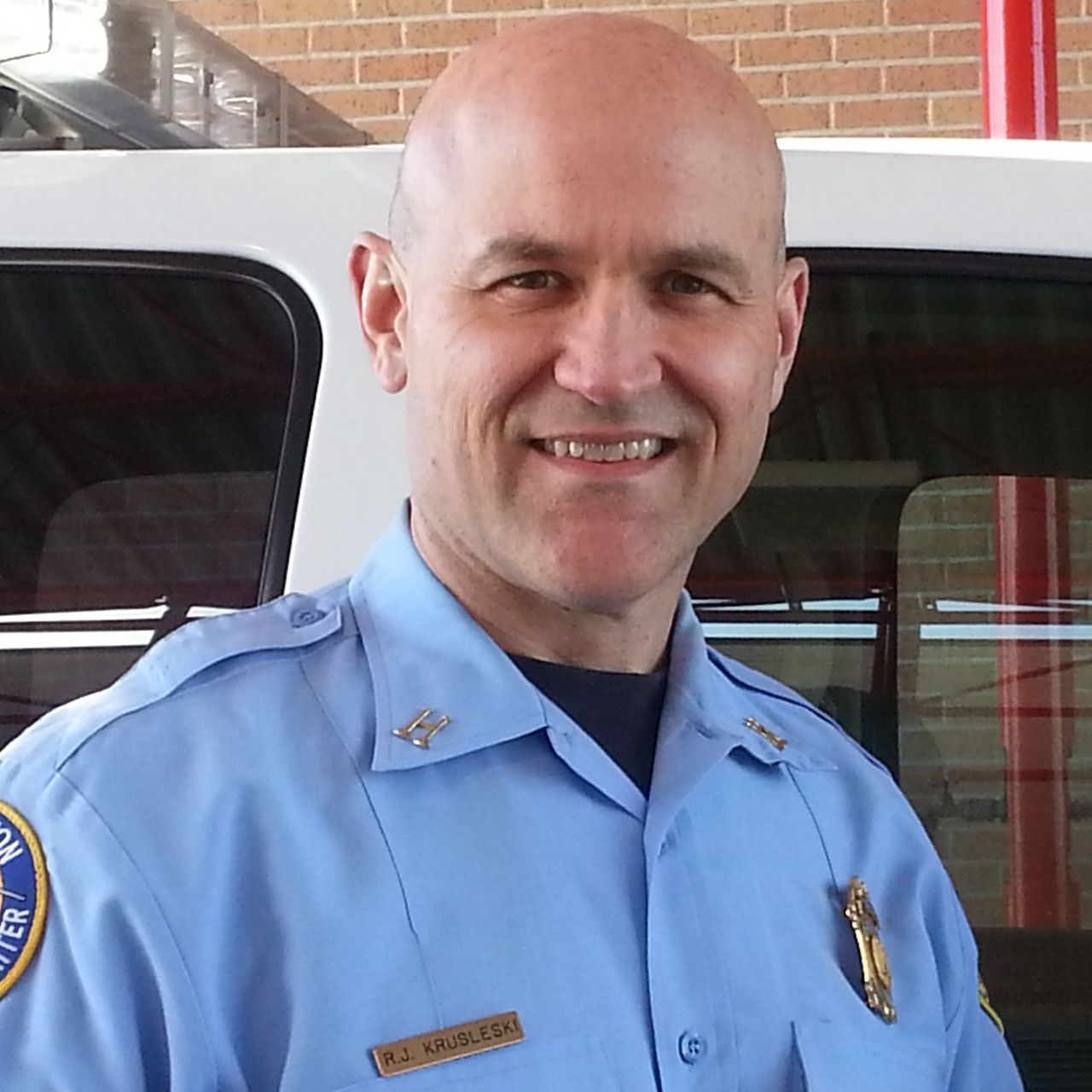Houston ARFF: Always on the move.
When the fire department is alerted at George Bush Intercontinental Airport, they set in motion a perfectly rehearsed emergency action that has been trained thousands of times.
It doesn't take much to get an airport fire department onto the scene. With the simple flashing of a warning light in the cockpit during the landing approach, the alarm in the firehouse is already triggered. And at George Bush Intercontinental Airport in Houston (IAH), this means that the crew will turn up with four ARFF vehicles. Three come from the fire station closest to the runway for which the alarm was received, and the fourth is dispatched from one of the other two ARFF stations.
"It's not just ARFF vehicles that are stationed at IAH, but also all other types of vehicles that we need: command vehicles, tower ladders (editor's note: US aerial rescue devices with pumps and tanks), rescue stairs, vehicles for medical emergencies.
Three stations, nine frontline units
Two of the three firehouses at Houston Bush Airport will always respond to an alarm. To achieve this, they are strategically distributed across the airport: Station 54 is located between the two northern runways 8L26R and 8R26L, Station 92 is on centrally located runway 09/27 and in close proximity to the terminal complex, while Station 99 is situated directly beside the two runways in the southeast (15L33R, 15R33L).
Three Rosenbauer PANTHERs are stationed at each firehouse. They form the so-called "frontline" in aircraft fire protection and are all alerted when an aircraft actually crashes or has a serious accident. Each vehicle carries 3,000 gallons (11,350 liters) of water to the scene of the emergency and, in addition to foam concentrate (AFFF), also has extinguishing powder and extinguishing gas (Halotron) on board. One of the three vehicles is also equipped with an extinguishing arm (HRET) and a piercing tool.
Constant drills
The PANTHERs are on the go every day, "because regular training is the be-all and end-all," says Senior Captain Krusleski. In order to remain fully operational at all times, a reserve vehicle is always available at each station. Training exercises don't only focus on emergency calls, but also on how to use the turrets (target practice) and the piercing tool. This tool - a perforated extinguishing lance - can pierce an aircraft's skin and apply a finely distributed water mist throughout the interior. "We even have our own HRET trainers at each of our stations," says Krusleski.
In addition, the members of the airport fire department complete intensive hot training twice a year: once at the Fire Fighter Academy of Texas A+M University (TEEX) and once at the airport using a mobile ARFF Training (MAFT). The MAFT is a gas-fired mock-up aircraft, with which all fire incidents (landing gear and engine fires, wildfires caused by spilled jet fuel, fires in the cockpit or passenger compartment, etc.) can be simulated, and all necessary extinguishing approaches can be practiced. "While we also practice with respiratory protection and hand-held nozzles at TEEX, training with the MAFT is essential to improve our truck-based operations," says Krusleski.
Highly trained
The daily training operations ensure that the members of airport fire departments are among the best-trained firefighters in the world. And Houston is no different in this respect. All 152 firefighters have special and additional training in fire and rescue missions. Organizationally, the brigade belongs to the Houston Fire Department, and is not only responsible for the George Bush Intercontinental Airport (23 miles north of downtown) but also for the William P. Hobby Airport (7 miles south of downtown). A firehouse (Station 81) is also in operation there, with the front line consisting of two PANTHER 6x6, one of which is equipped with an HRET.
Excellent airports
George Bush Intercontinental Airport is one of United Airlines' largest hubs, with more than 45 million passengers in 2019 (18 million in 2020). William P. Hobby Airport is the operational base of Southwest Airlines and is used by up to 14 million passengers (6.5 million in 2020) at its peak. They are operated by Houston Airports, and both have recently received several awards in the Skytrax World Airport Ranking: Houston Bush Airport achieved its best ranking to date (25th) in the Best Airport in the World category in 2021, thus rising to 1st place in the USA. Hobby Airport was awarded a 5-star rating in early 2022, becoming the first in the United States to achieve this top rating..
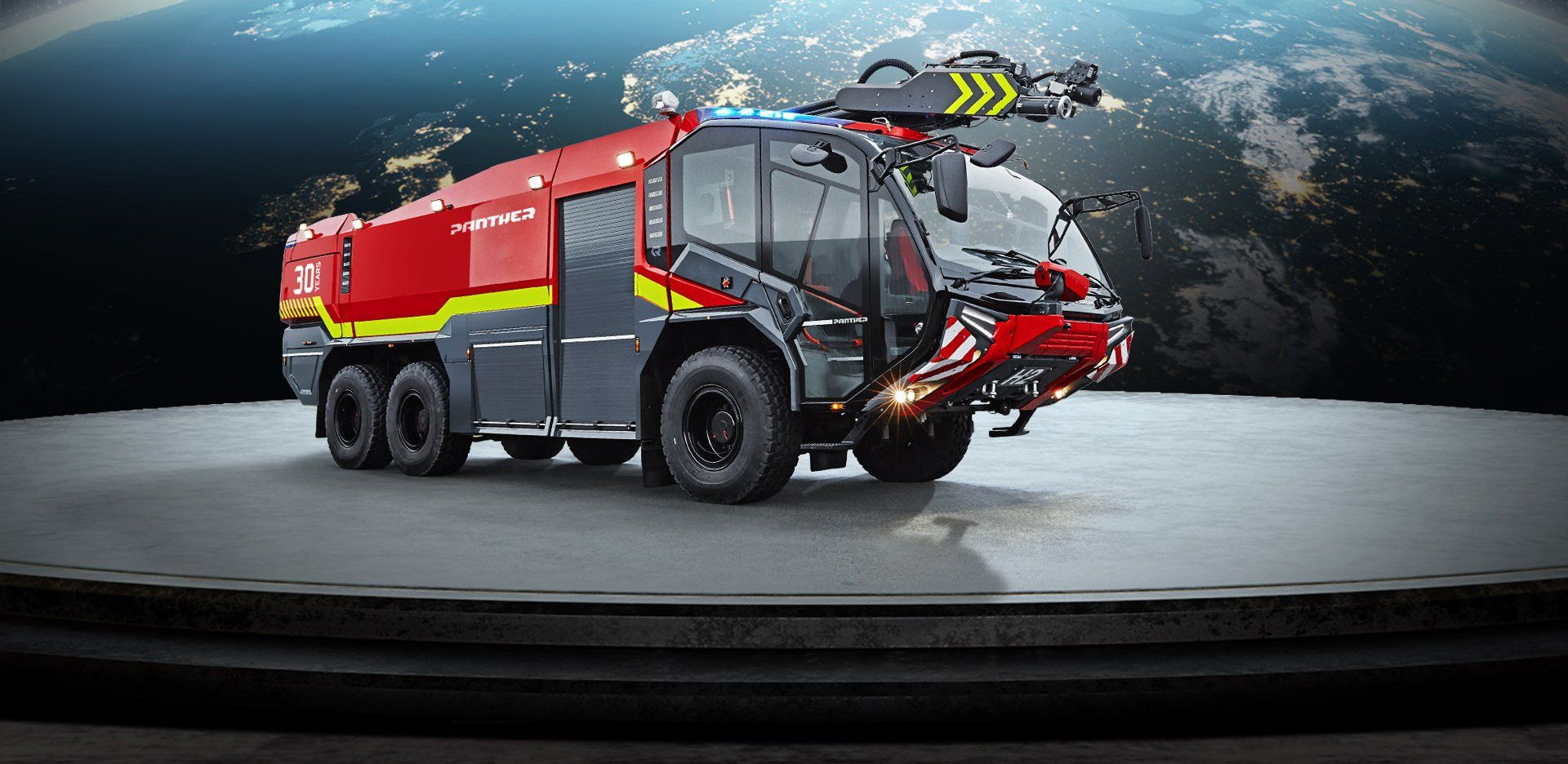
Register now for the Rosenbauer Newsletter & always be well informed!
Contact
Rosenbauer International AG
Paschinger Str. 90
4060 Leonding, Austria
office@rosenbauer.com
